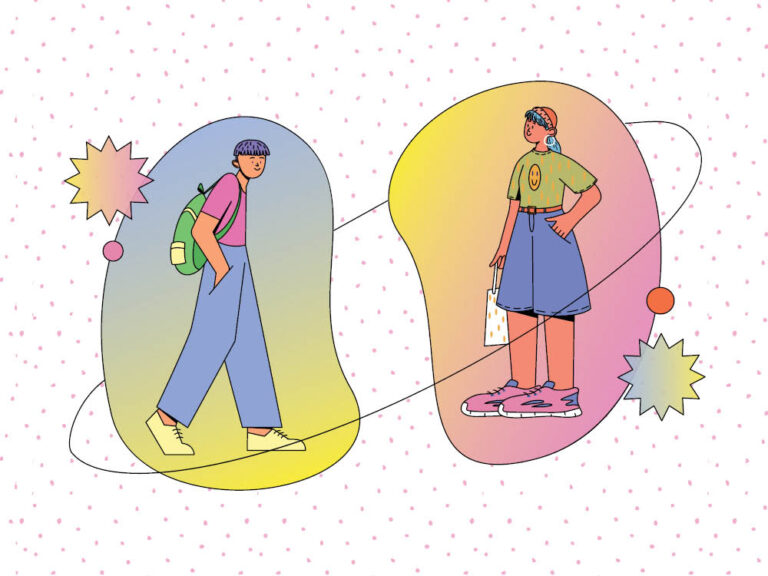
Given the benefits of quiet, where can you go to experience it in your city?
There’s a quiet side to cities. Secluded courtyards, small cafés and hidden gardens invite reflection and the chance to unwind, slow down and even create. You just need to find them
Finding quiet places in cities
Public parks and gardens immediately come to mind as do museums, libraries and even bookstores in their quieter hours. In fact, there are a multitude of places, and each one is an invitation to discover a quiet oasis. By abandoning regular routines, discarding city maps and finding the time, it is possible to discover these locations in any city.
Australian music composer and artist Jason Sweeney encourages people to become quiet ecologists – to slow down, to listen and be still long enough to find the tranquility that exists within cities in the in-between spaces between buildings and streets.
Initially launched in Adelaide, his iPhone app Stereopublic won 2012’s TED Prize City 2.0. In 2013, he invited the public to submit pictures and recordings of their quiet places and it was rolled out across Melbourne, Sydney, Brussels, London, and Edinburgh. Finally across four continents and 60 cities, people shared more than 1000 recordings of sounds from public parks, car parks, laneways, green pockets between towering office blocks, and even abandoned building sites.
Reflecting on what he has called this ‘crowdsourcing of quiet’, Jason believes that the need to seek out and the desire for quiet is a part of the urban experience. ‘This speaks to me of a great need to re-address how we live, how we’ve created our living environments, how we build our cities. How do we ensure that quiet can become part of our daily lives?’
In search of quiet beyond parks and gardens
Given the demands of working life and the growing number of people commuting up to two or more hours a day, how quiet is defined may need to change if it is to become a daily practice.
As Jason shares, quiet is not an absence of noise nor is it limited to parks and gardens. ‘Quiet can just be about standing still and doing nothing for 30 seconds and doesn’t necessarily mean having to be in a secluded room or a noiseless space. It can be found even if you are sitting on a busy train or in a crowded office.’
The Urban Emptiness Project has examined this very theme. In 2016, this group of academics, students and artists ran a series of interactive workshops in Athens, Brussels and Edinburgh. The theme was silence and emptiness in urban life. Industrial parks, freeway bypasses, car parks and vacant tracts of land were all explored as places for quiet with one of the main questions being: ‘How can we engrave a new meaning into the urban landscape?’
In rethinking what constitutes a quiet place, inspiration could be taken from a sound recording submitted to Jason’s Stereopublic project. It came from a woman in Beirut who had found her quiet place in an area of the city that had been previously bombed. Jason found it particularly poignant. ‘This idea that, in some ways, a space that had been a site of violence and disruption can be reclaimed for one individual’s peace and quiet is very moving to me.’
Third spaces
In The Great Good Place, American sociologist Ray Oldenberg, whose work explores the need for informal public gatherings in a civilised, functioning society, talks about third spaces, where people can meet and converse, enjoy being at one with their community, in places that are neither work (second place) nor home (first place). He describes such places as where ‘people get together for no purpose, higher or lower, than for the “joy, vivacity, and relief” of engaging their personalities beyond the contexts of purpose, duty, or role’.
While researching tranquil city locations for her Quiet book series, Siobhan Wall observed something similar, discovering that quiet places often made it easier to talk to strangers. ‘Everyone I spoke to in the locations I visited shared my appreciation of quiet places – it was like belonging to a secret club where the only rules were that if you wanted to, you could share your delight about a tranquil place with someone else in the idyllic spot you’d both discovered.’
Perhaps it is this desire for community that is at the heart of the need for quietness. Quiet places calm the disharmony that can be felt in work places and on daily commutes. But through them, it is also possible to experience a renewed sense of generosity and openness. In such moments, you can listen to the lull in city traffic, hear birdsong, watch with wonder how shadows fall across a courtyard and even talk to strangers. This is the gift of a quiet place.
This article was originally published in Issue 8 – Embrace Change



















